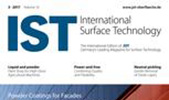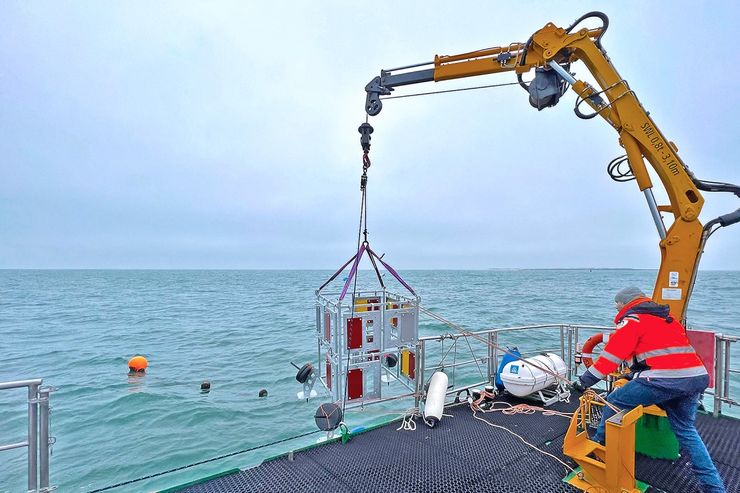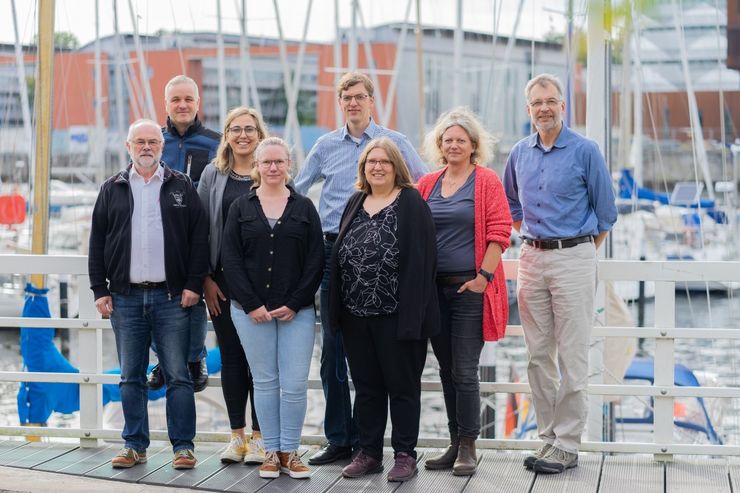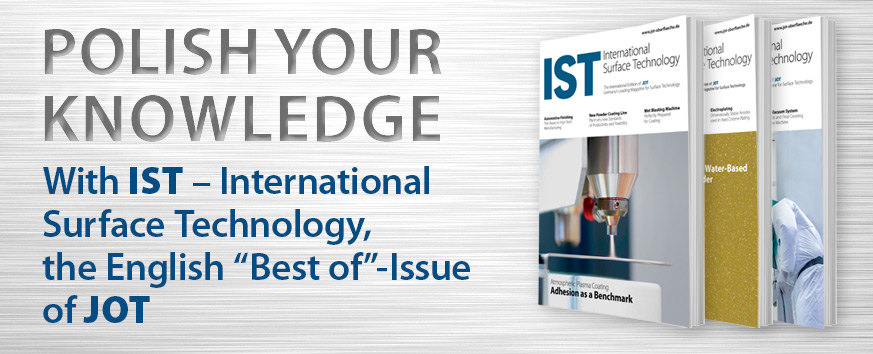In offshore foundations, the settlement of organisms is enormously high. This leads to altered flow conditions, increased loads and complicates inspection tasks. To support the development of anti-fouling coatings for this application, a test facility was set up within the ROBUST" project, a test infrastructure has been set up on the seabed in a specially designated research area off the high seas island of Helgoland. The "MarGate" underwater test area was established in 2009 by the AWI Center for Scientific Diving on Helgoland to provide an easily accessible marine underwater test area. The area is approximately 270 x 100 meters, has between five and ten meters of water depth, and is marked by six red surface buoys as a maritime exclusive zone for shipping traffic. With the support of the Helgoland and Cuxhaven staff of the Elbe-North Sea Waterways and Shipping Authority, the crew of the workboat "Lumme", the multi-purpose vessel "Neuwerk" and the research divers of the Alfred Wegener Institute, Helmholtz Centre for Polar and Marine Research (AWI), employees of Fraunhofer IFAM have now set down a cube-shaped lander weighing around 300 kilograms made of hot-dip galvanized steel on the rocky bottom of the North Sea at a depth of nine meters. The newly developed lander enables the simultaneous testing of up to 64 coating and material samples measuring 20 x 40 centimeters. The suspended support frames, secured by a bolt, bring a high degree of flexibility. They allow installation and de-installation by divers directly on the seabed and, if necessary, can be adapted to customer-specific geometries with custom-made adapter solutions. The underwater test site also has its own sensor data acquisition system so that important test-related environmental parameters such as temperature, salinity and current conditions can be incorporated into a holistic evaluation of the samples. The lander expands the existing maritime test infrastructure of Fraunhofer IFAM on Helgoland and will contribute important findings to industry-related research and development work in the future. The near-surface test environment brings with it a different profile of requirements than the near-surface tests which are often carried out. The practical relevance of the results for, for example, the design of pipelines, transformer platforms and offshore foundation structures is thus significantly higher. Thanks to the good accessibility of the test site, regular inspection by AWI research divers is also possible. The deployment of another lander at greater depth near Helgoland is planned for the summer of 2023. Bildunterschrift: Deployment of the underwater lander off the island of Helgoland.
Autor(en): mak





